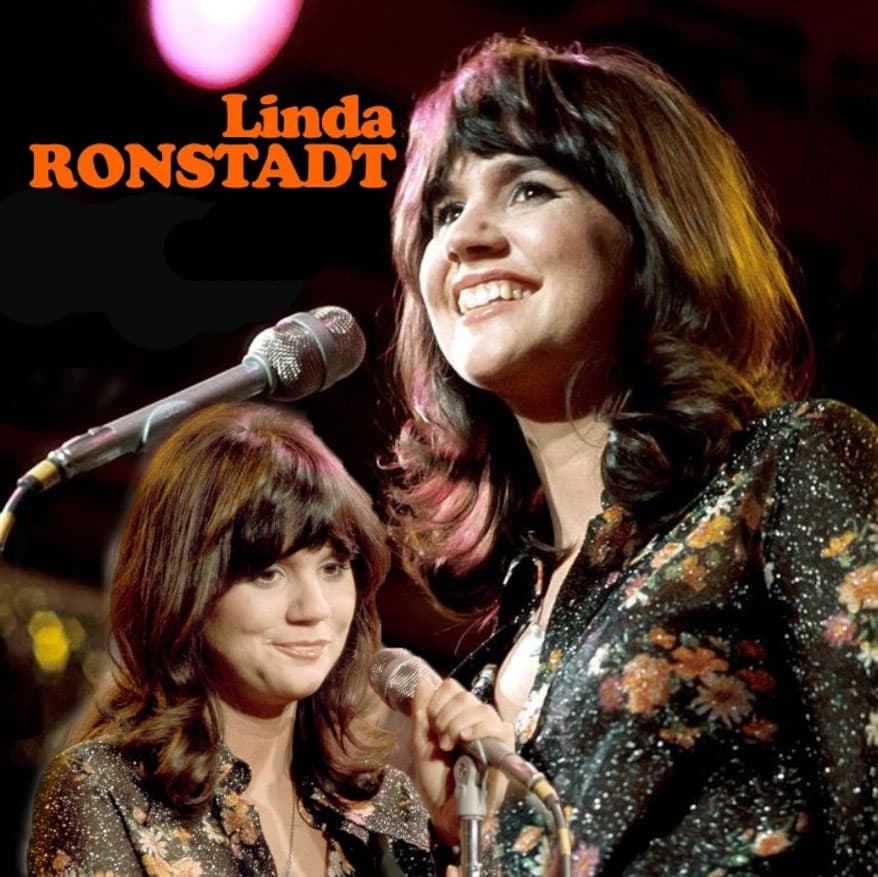
“Silver Threads and Golden Needles” – A Timeless Tale of Love, Loss, and Betrayal
In the annals of country and rock history, few songs resonate with the same bittersweet ache as “Silver Threads and Golden Needles.” While it’s a track that has been sung by many, it’s the 1973 rendition by the incomparable Linda Ronstadt that arguably cemented its place as a classic. A standout on her breakthrough album, Don’t Cry Now, the song served as a poignant centerpiece, capturing the hearts of listeners and catapulting Ronstadt into a new echelon of stardom.
The song’s journey to the airwaves is a story in itself, a testament to the enduring power of a well-crafted narrative. Originally penned by the talented duo of Dick Reynolds and Jack Rhodes, it was first recorded in 1956 by Wanda Jackson, a pioneering figure in rockabilly music. Over the years, it would be covered by a constellation of stars, from The Springfields (featuring a young Dusty Springfield) to The Everly Brothers. Each artist brought their own unique flavor to the tune, but it was Ronstadt who, in 1973, truly made it her own. Her version, a masterful blend of country charm and rock’s raw energy, became an instant favorite. Its success was undeniable, and while it didn’t top the charts in the way some of her later hits would, it held a respectable position, peaking at number 20 on the Billboard Hot Country Singles chart. This was a significant achievement for Ronstadt, signaling her growing influence and her unique ability to bridge the gap between genres, a trait that would define her career.
The genius of “Silver Threads and Golden Needles” lies in its simple, yet profoundly moving story. It’s a tale of a love that has withered and died, leaving behind only the cold, hard truth of a new love affair. The narrator speaks directly to her former lover, a man who has left her for a younger woman. The “silver threads” and “golden needles” aren’t just imagery; they’re a metaphor for the new life her ex-lover is building with someone else, a life that is beautiful and new, but ultimately hollow, built on the broken promises of their past.
The lyrics cut deep, filled with a sense of resigned sorrow rather than angry bitterness. The narrator, with a quiet strength, acknowledges the end and even wishes her former love well, but not without delivering a final, devastating blow. “You can’t buy the love that you gave away,” she sings, a line that hits like a gut punch. It’s a powerful message, one that speaks to the true value of love, a thing that cannot be purchased or traded, no matter how much new finery one might acquire. This emotional depth is what makes the song so timeless. It’s not just a song about a breakup; it’s a song about the human condition, about facing loss with dignity, and about the quiet pain that lingers long after the final goodbye. It’s a song that, for many, serves as a soundtrack to a cherished memory, a youthful romance, or a moment of quiet reflection. It’s a song that reminds us that even when things fall apart, there is a beauty in remembering what was and a strength in moving on.